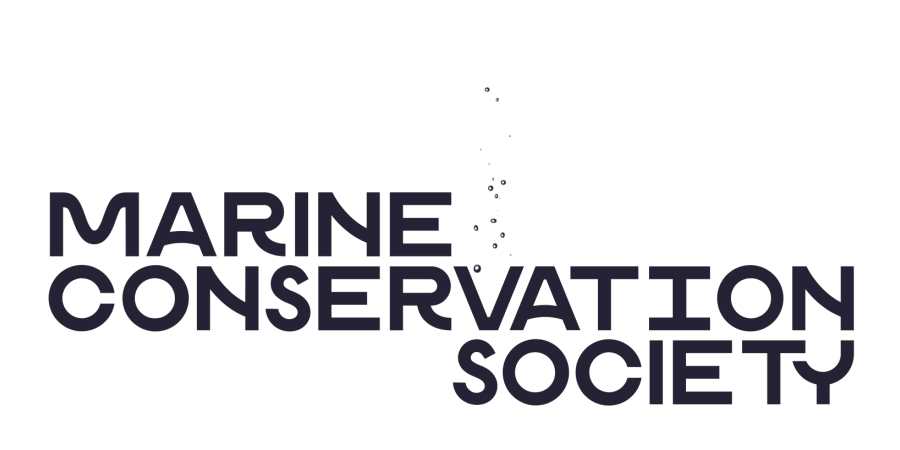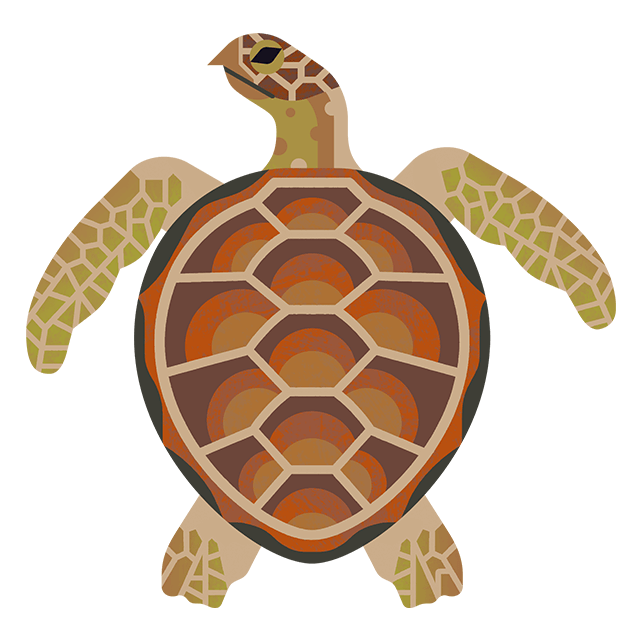
From Oxford to East Caicos: A journey of passion, resilience, and conservation
We hear from Oshin, who has been working with us on turtle nesting surveys in the Turks and Caicos Islands, about her experience of helping to protect this valuable species.
I still remember that mix of excitement and nerves when I left home for Oxford to study Environmental Sciences. I was in a town where I knew no one and it was a far cry from my life as a dive master in Providenciales but joining the Oxford Brookes University Scuba Diving Club allowed me to find a piece of home in a new place.
At the Birmingham Dive Show, while wandering among booths, I stumbled upon the Marine Conservation Society’s display. Flipping through its magazine, I was instantly drawn to photos of its collaborative marine turtle conservation work in UK Overseas Territory of The Turks and Caicos, and in a burst of excitement, I told the person at the booth about my love for marine turtles and that Turks and Caicos is my home.
Fast forward to today, and I’m grateful to be part of an initiative funded by UK Government’s Darwin Plus scheme, led by The Turks and Caicos National Trust and the RSPB, with the Marine Conservation Society as supporting partner. East Caicos is the largest uninhabited island in the Caribbean, but although no humans live there, an amazing variety of animals do. The East Caicos Project aims to secure the future of this biodiversity hotspot and as part of that, I’m conducting marine turtle nesting surveys on the island to help safeguard the species I love.
East Caicos has a rich past and is steeped in stories. Once known for fishermen venturing out from South Caicos in search of wild cows from an old settlement, Jacksonville, the island now tells a new story. I’ve seen nature’s tenacity up close, with the coastline baring deep scars from extensive erosion following the 2022 category four Hurricane Fiona and sand ridges from Breezy Point to Lorimer’s Point making it more difficult for marine turtles to nest. But even amid the challenges, there were signs of hope.
One of the most rewarding parts of this journey has been meeting Amadyne, a spirited high school student from Turks and Caicos who’s passionate about marine conservation. It’s not every day you come across such genuine enthusiasm for protecting our natural heritage, and I welcomed her to join our expeditions. I firmly believe in “each one, teach one” and sharing what I know has become one of my greatest joys. For me, this work goes beyond data and surveys – it’s personal. There have been quiet moments on East Caicos, with nothing but the sound of waves and the gentle rustle of recovering sands, when I’ve found healing from past losses and renewed purpose in life.
Looking back, it’s almost surreal to think that a chance encounter at a dive show could set me on this path. Today, leading the marine turtle nesting surveys in East Caicos feels like a full circle moment, a blend of cherished memories and new challenges. Every trip out here reaffirms my belief in nature’s ability to recover and thrive, as we see signs of nesting turtle populations in likely recovery. I feel incredibly proud to be part of this work, protecting creatures that have roamed our oceans for over 110 million years and ensuring that their story continues. Mentoring young conservationists like Amadyne, I’m reminded that our efforts today will inspire a legacy of stewardship for generations to come.












